Imagine walking down a street and spotting a Starbucks on every corner, but now picture something even more mind-boggling: in the Philippines, volcanoes outnumber those iconic coffee shops. It’s not an exaggeration—it’s a wild, awe-inspiring fact. In a world obsessed with convenience and caffeine, nature ups the ante with fiery mountains that have shaped a country’s destiny. The Philippines isn’t just a tropical paradise with white-sand beaches and friendly faces; it’s a land where the earth breathes fire beneath your feet. If you’ve ever wondered why this archipelago has so many volcanoes—and how it all stacks up against the omnipresent green mermaid—get ready for a journey through fire, chaos, and the magic of geology.
The Fiery Backbone of the Pacific
The Philippines sits smack dab in the middle of the Pacific Ring of Fire, a horseshoe-shaped belt that’s home to about 75% of the world’s active volcanoes. This isn’t just a catchy name—it’s a literal description of the most volcanically active region on Earth. The Ring of Fire stretches from New Zealand to the Americas, and the Philippines is right at its heart. This explains why volcanoes dot the islands like freckles after a day in the sun. You don’t just find a volcano here and there; you find them everywhere, sometimes even looming quietly near bustling cities. Living on the Ring of Fire is like having a front-row seat to the earth’s most dramatic performances, where eruptions, earthquakes, and shifting landscapes are part of everyday reality.
A Country Stitched Together by Volcanoes
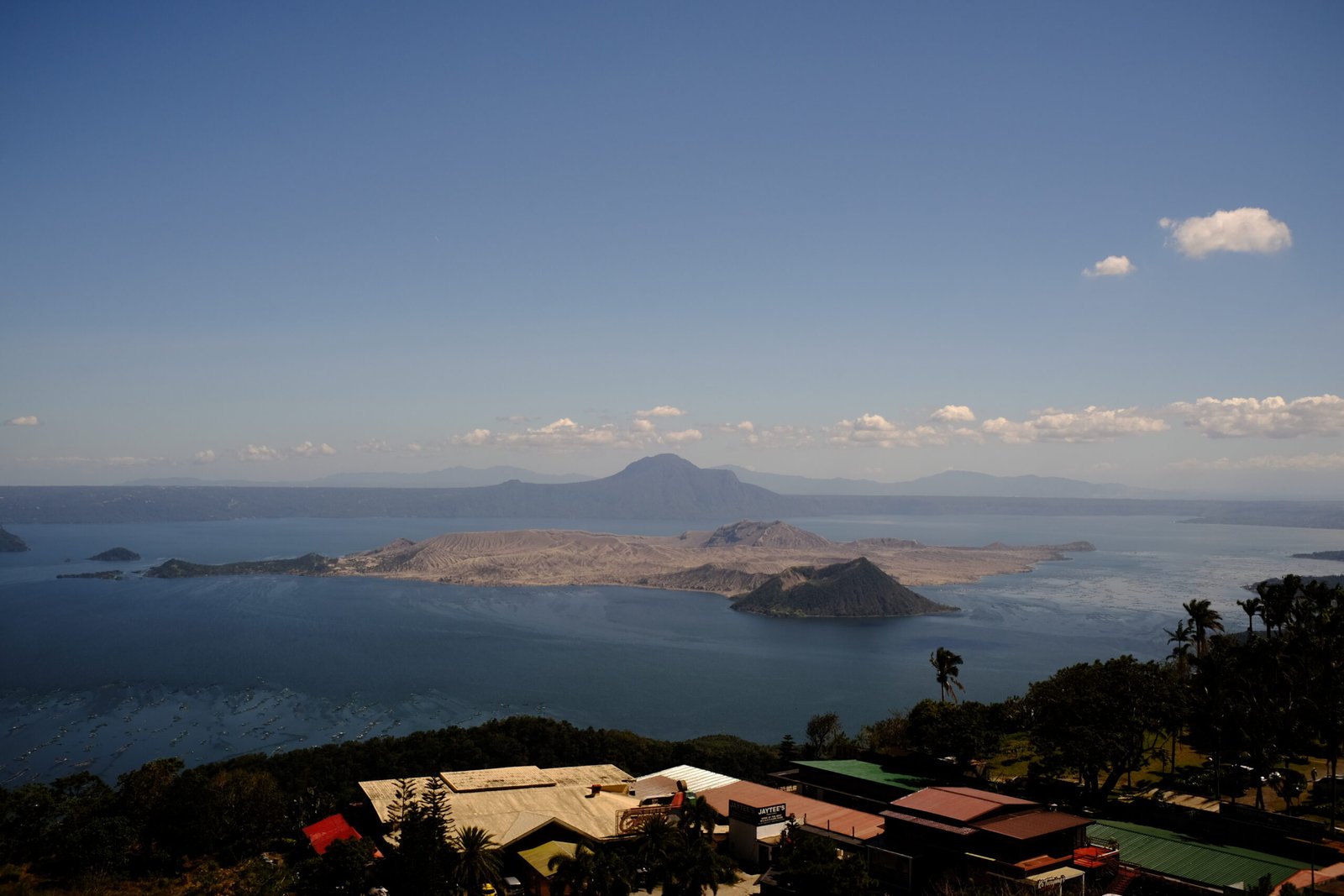
The Philippines isn’t just one big island—it’s made up of over 7,600 islands, and volcanoes helped create many of them. Volcanic activity over millions of years has stitched the archipelago together, building land where there was once only open sea. These volcanoes aren’t just ancient relics, either. Some are still alive and kicking, erupting with unpredictable power and beauty. Without volcanoes, many of the islands we know today simply wouldn’t exist. Every mountain and valley holds the story of eruptions past, a reminder that the land here is always in motion.
Subduction: The Secret Ingredient
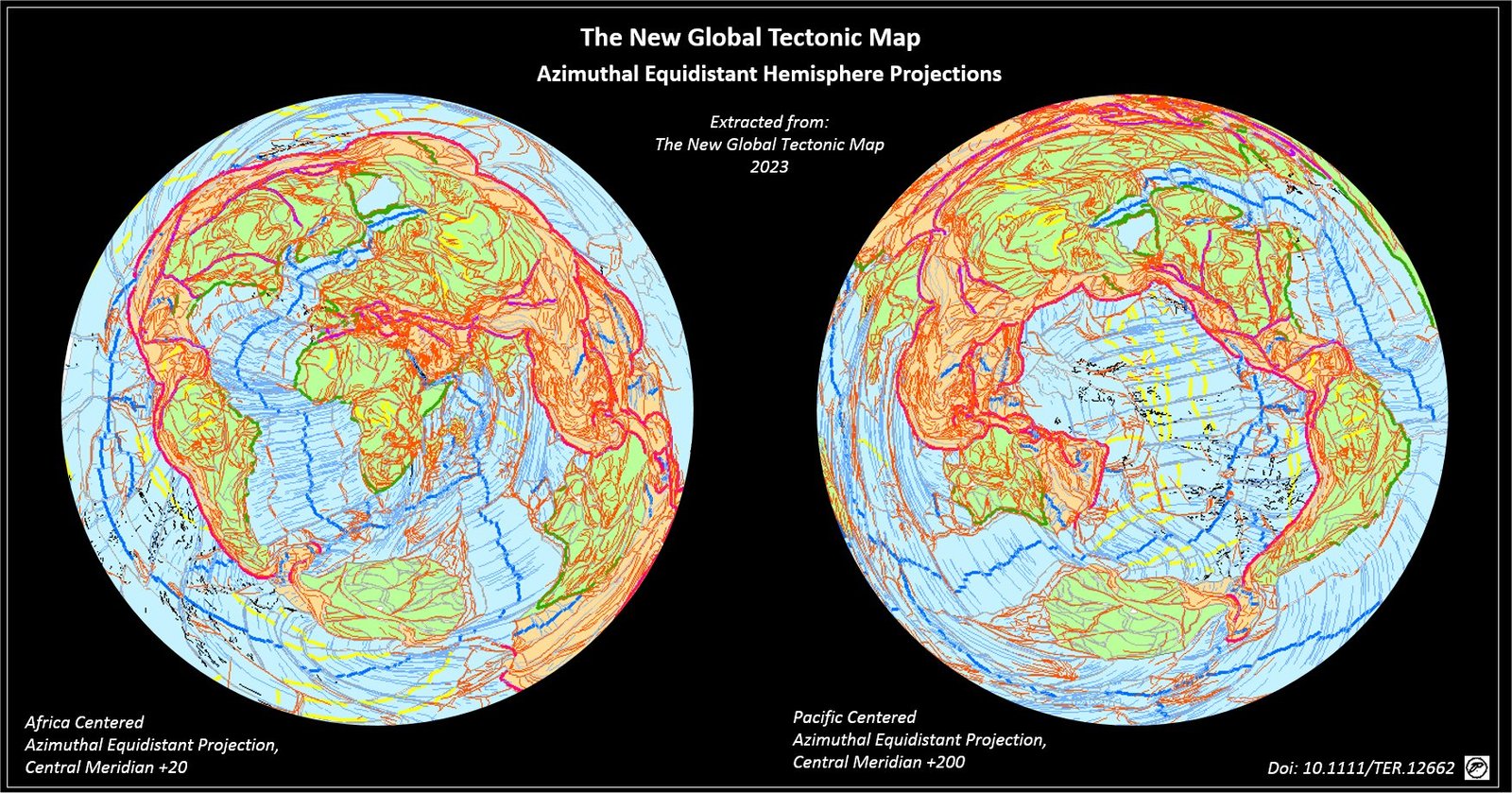
So what’s the secret recipe for so many volcanoes? It’s all about subduction. Picture two enormous slabs of the earth’s crust—tectonic plates—slowly colliding and one sliding beneath the other. In the Philippines, the Philippine Sea Plate dives under the Eurasian Plate, creating the perfect conditions for magma to rise through the cracks. This process, called subduction, is like the ultimate pressure cooker, melting rock and sending it upward to form volcanoes. It’s a geological dance that never stops, constantly reshaping the landscape and reminding everyone that the ground beneath their feet is alive.
How Many Volcanoes Are There, Really?
You might think volcanoes are rare beasts, but not in the Philippines. There are about 24 active volcanoes officially monitored, but the total number—counting dormant and extinct ones—soars well past 50. That’s more than twice the number of Starbucks branches in the entire country. Some islands are practically built on volcanoes, with peaks rising dramatically from coastlines. Whether you’re in Luzon, Mindanao, or the Visayas, you’re never far from a volcanic neighbor. For Filipinos, volcanoes are as much a part of daily life as jeepneys and karaoke bars.
Starbucks: The Surprising Metric
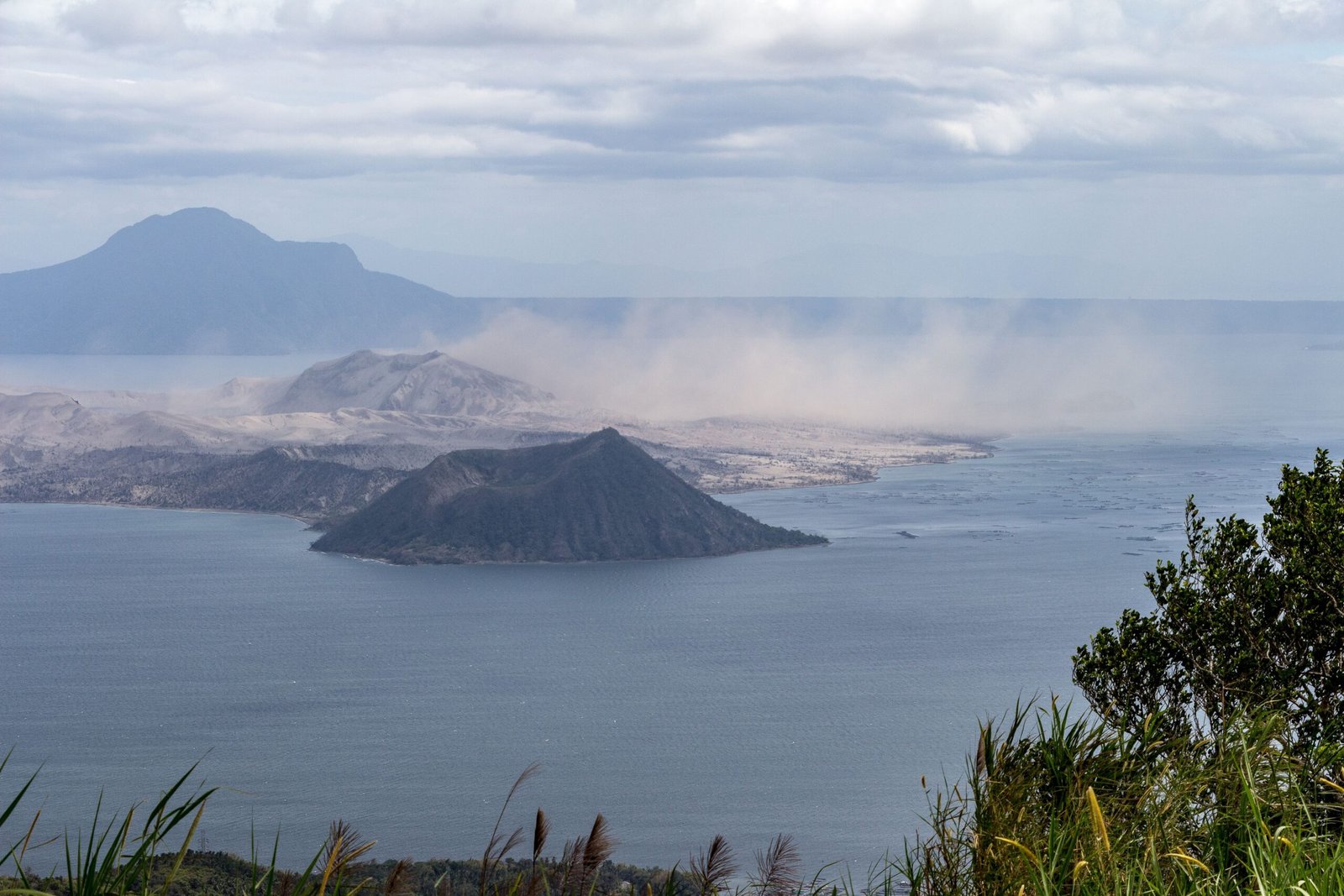
Why compare volcanoes to Starbucks? Because Starbucks is everywhere—or so it seems. The company has become a symbol of global reach, comfort, and routine. But in the Philippines, volcanoes are even more common than those familiar coffee shops. As of 2025, there are just over 400 Starbucks locations nationwide, while the number of volcanoes easily dwarfs that figure. It’s a playful way to highlight just how volcanic the country really is. If you think ordering a caramel macchiato is an everyday experience, try waking up to the silhouette of a volcano outside your window.
Taal: The Volcano Within a Lake
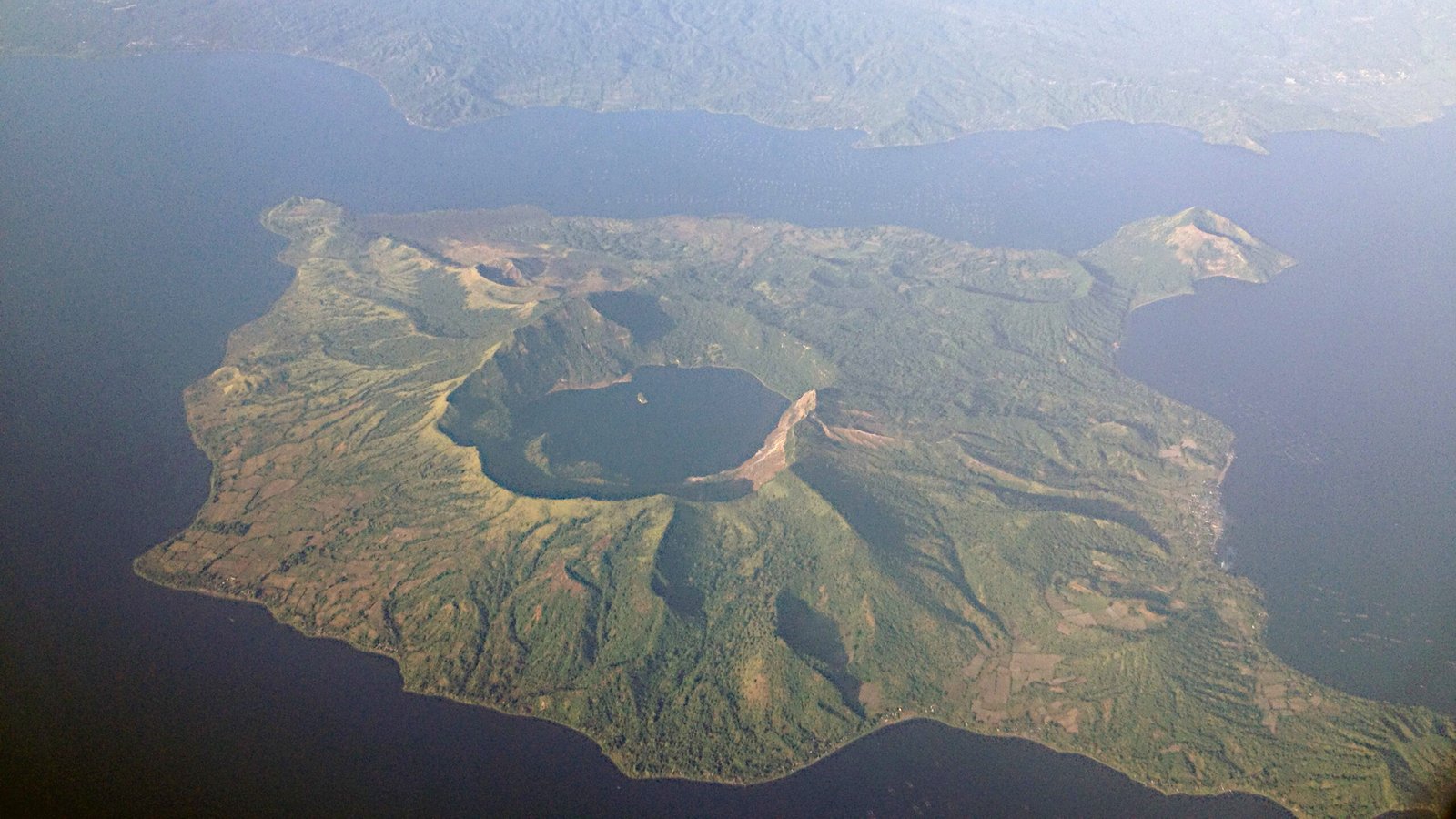
Taal Volcano isn’t just famous for its eruptions; it’s a marvel of nature’s creativity. Located in Batangas, Taal is known for its unique geography—a volcano that sits within a lake, which itself sits within a larger volcanic caldera. It’s like geological inception, a volcano within a volcano within a volcano. Despite its small size, Taal packs a punch when it erupts, sending ash plumes that can blanket entire cities. Its beauty and volatility make it one of the most watched volcanoes in the country, and a favorite among tourists and scientists alike.
Mayon: The Perfect Cone
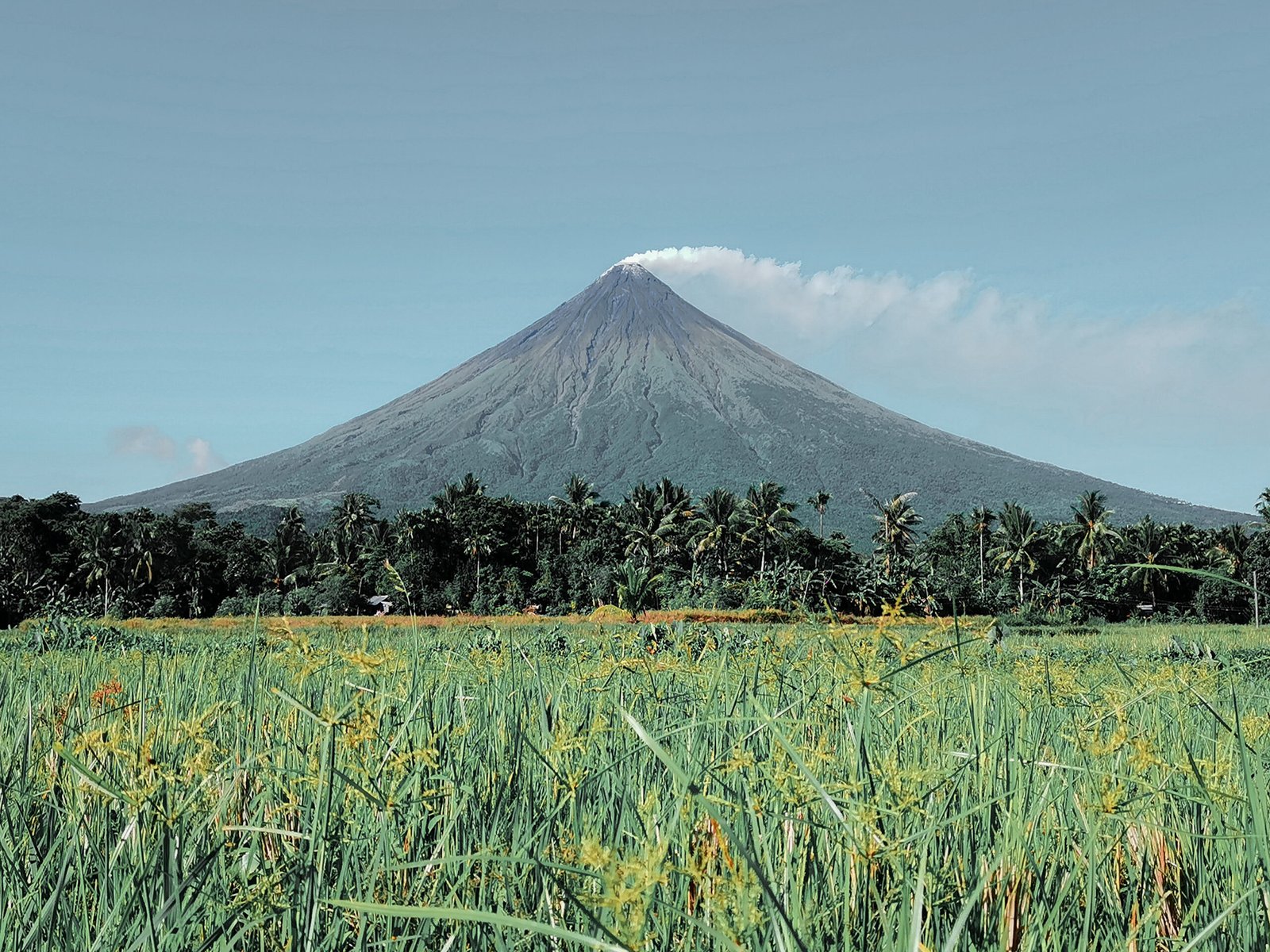
Mayon Volcano is the poster child of Philippine volcanoes, known for its near-perfect cone shape. Standing majestically in Albay, Mayon is both stunning and dangerous, erupting more than 50 times in the past four centuries. Locals revere it for its symmetry and the fertile soil it provides, but they also respect its unpredictable temperament. When Mayon erupts, lava flows cascade down its slopes like glowing rivers—a sight both terrifying and beautiful. It’s a reminder that beauty and danger often go hand in hand in the world of volcanoes.
Pinatubo: The Eruption That Changed the World
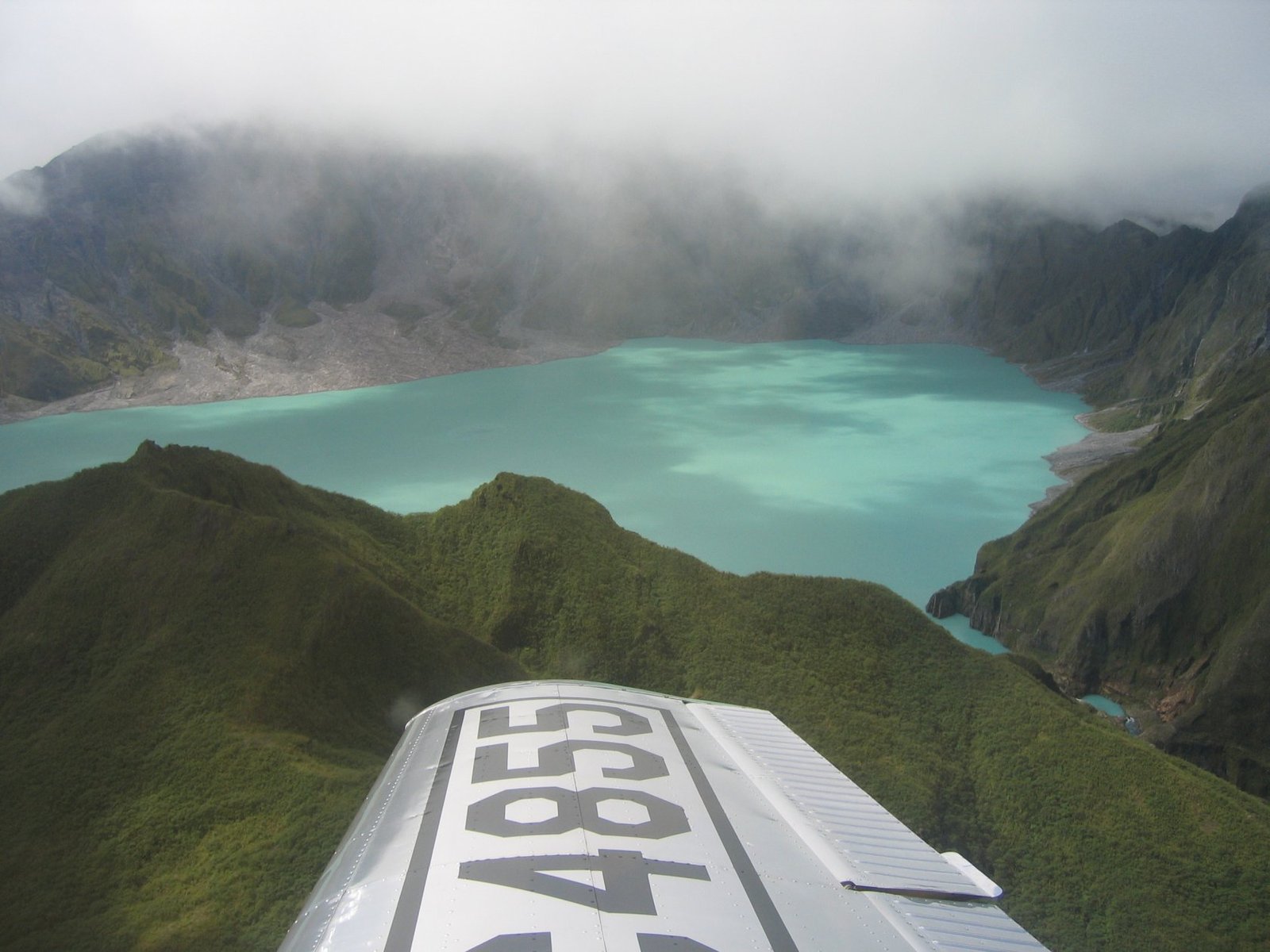
Mount Pinatubo’s 1991 eruption was one of the largest in the 20th century, sending shockwaves around the globe. The explosion blasted ash high into the atmosphere, cooling the planet’s temperature and causing stunning sunsets worldwide. In the Philippines, the aftermath was devastating—villages were buried, rivers became mudflows, and thousands were displaced. Yet, out of disaster sprang resilience and renewal. Today, the Pinatubo crater lake is a symbol of recovery, attracting adventurers who hike its rugged trails to witness the power of nature reborn.
The Role of Volcanoes in Filipino Culture
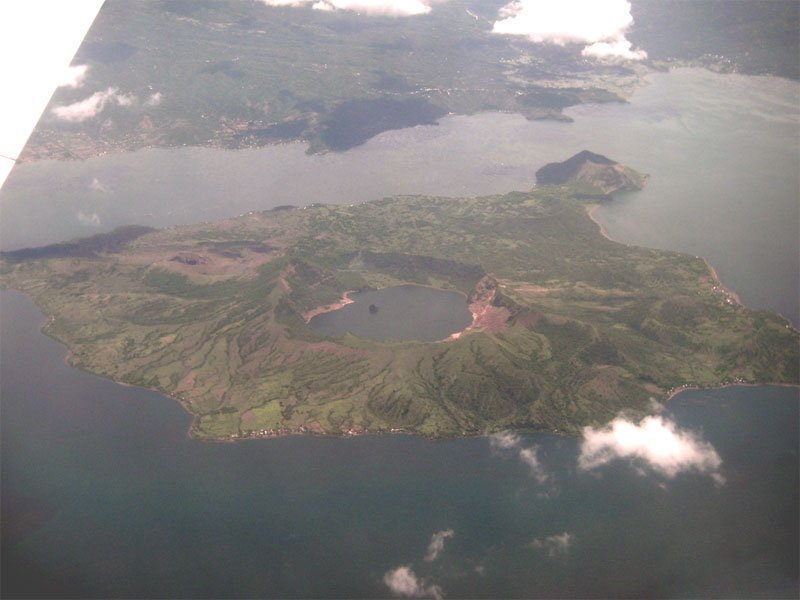
Volcanoes aren’t just geological features—they’re woven into the cultural fabric of the Philippines. Legends tell of fiery gods and tragic love stories set on volcanic peaks. Festivals celebrate the bounty that volcanic soil brings, while local folklore warns of the dangers that slumber beneath the earth. In many communities, volcanoes are both protectors and destroyers, shaping identity and tradition. The reverence for these mountains runs deep, inspiring art, music, and even the way people relate to the land.
Life on the Edge: Communities and Volcanoes
Millions of Filipinos live within striking distance of an active volcano, and for many, the risk is simply part of daily life. Volcanic soil is incredibly fertile, making it ideal for farming. Towns and cities have grown up in the shadows of these mountains, balancing the benefits of rich land with the threat of eruptions. When a volcano stirs, communities mobilize, showing remarkable resilience and solidarity. The relationship between people and volcanoes is a delicate dance—one that requires respect, preparedness, and hope.
Volcano Tourism: Danger as a Destination
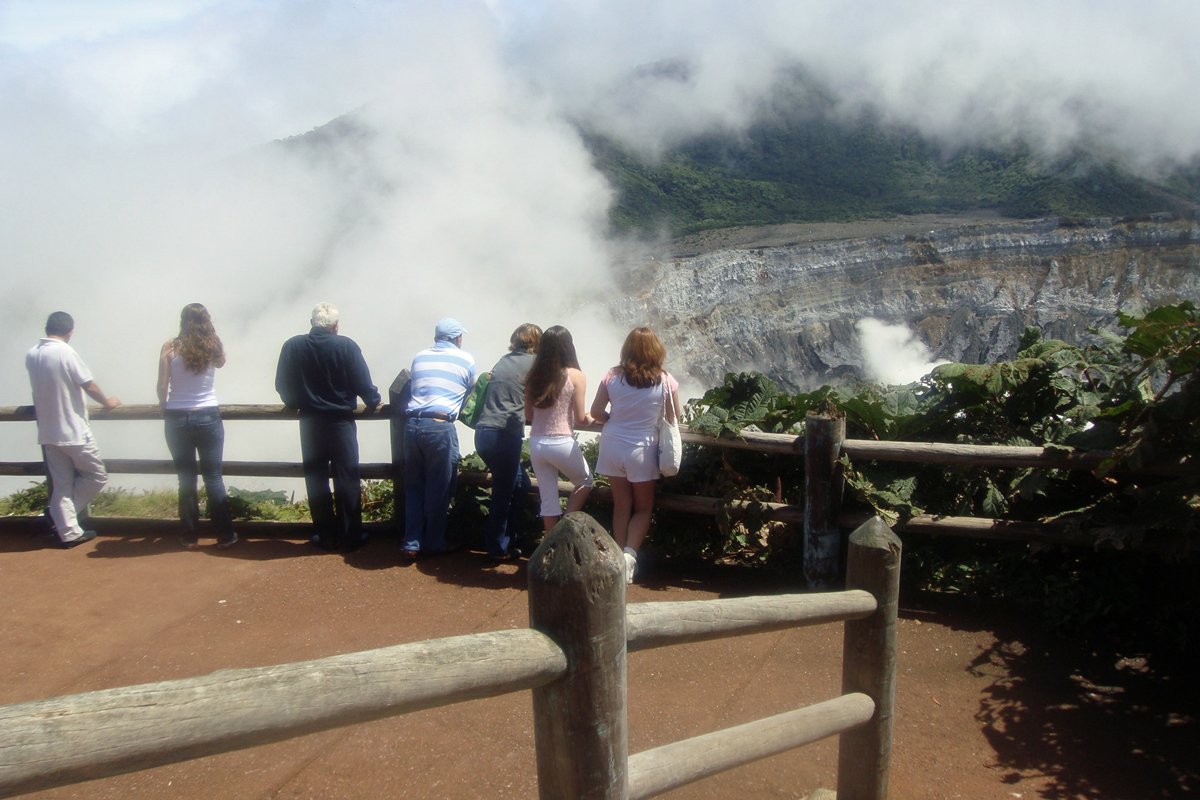
Believe it or not, volcanoes are a major tourist draw in the Philippines. Adventurous travelers flock to trek up their slopes, take boat rides across crater lakes, and soak in hot springs heated by underground magma. It’s a thrilling way to experience the raw power of nature up close, but it comes with risks. Local guides are experts at reading the signs, and safety measures are taken seriously. For many, the chance to stand on the rim of an active volcano is a bucket-list experience—equal parts exhilarating and humbling.
The Science of Monitoring Volcanoes
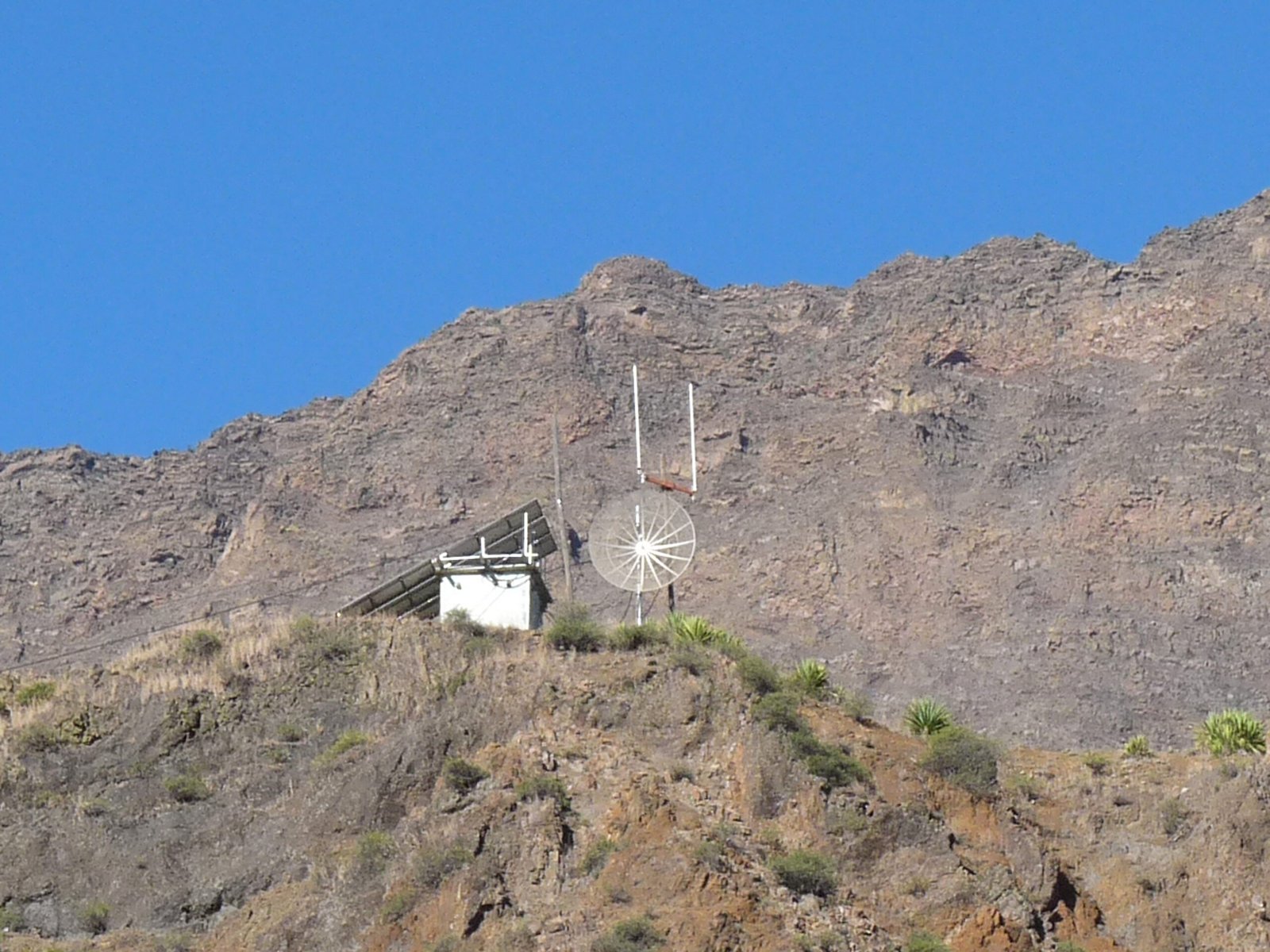
Keeping watch over dozens of restless volcanoes is no small feat. The Philippine Institute of Volcanology and Seismology (PHIVOLCS) uses a network of sensors, satellites, and field experts to monitor activity around the clock. Scientists track everything from tiny earthquakes to gas emissions, looking for clues that an eruption may be brewing. This vigilance saves lives, allowing timely evacuations and disaster planning. The science behind volcano monitoring is ever-evolving, blending cutting-edge technology with local knowledge and experience.
Volcanoes and the Filipino Resilience
The constant threat of eruptions has shaped a culture of resilience in the Philippines. Facing danger is part of the national psyche, and communities are quick to come together in times of crisis. Stories of survival, rebuilding, and hope are everywhere. It’s not just about enduring disaster—it’s about adapting and thriving in the face of uncertainty. The strength and spirit of the Filipino people shine brightest against the backdrop of nature’s fury.
Hidden Volcanoes: Not All Are Obvious
Not every volcano in the Philippines towers above the landscape. Some are hidden beneath dense jungles, lakes, or even the ocean. These “stealth” volcanoes can be harder to detect and sometimes catch scientists by surprise. Advances in remote sensing technology have helped map these hidden giants, revealing a more complete picture of the country’s volcanic landscape. The mysteries beneath the surface remind us that there’s always more to discover—and more to respect—about the powerful forces shaping the islands.
Economic Impact: Blessing and Curse
Volcanoes bring both wealth and hardship. On one hand, the minerals and nutrients from volcanic eruptions make the soil incredibly productive, supporting agriculture and livelihoods. On the other hand, eruptions can destroy crops, homes, and infrastructure in an instant. The cost of rebuilding after a major eruption can be staggering. Yet, the balance between risk and reward continues, with communities harnessing the benefits while preparing for the worst. It’s a high-stakes gamble that defines life in volcanic regions.
Lessons from the Land of Volcanoes
The story of the Philippines’ volcanoes is one of constant transformation. These restless mountains teach lessons about adaptation, respect for nature, and the value of scientific vigilance. They remind us that beauty and danger are often two sides of the same coin, and that living in harmony with a volatile earth requires humility and courage. The volcanoes are more than just geological features—they’re living reminders of the planet’s incredible power and unpredictability.
What the Volcanoes Teach Us About Ourselves
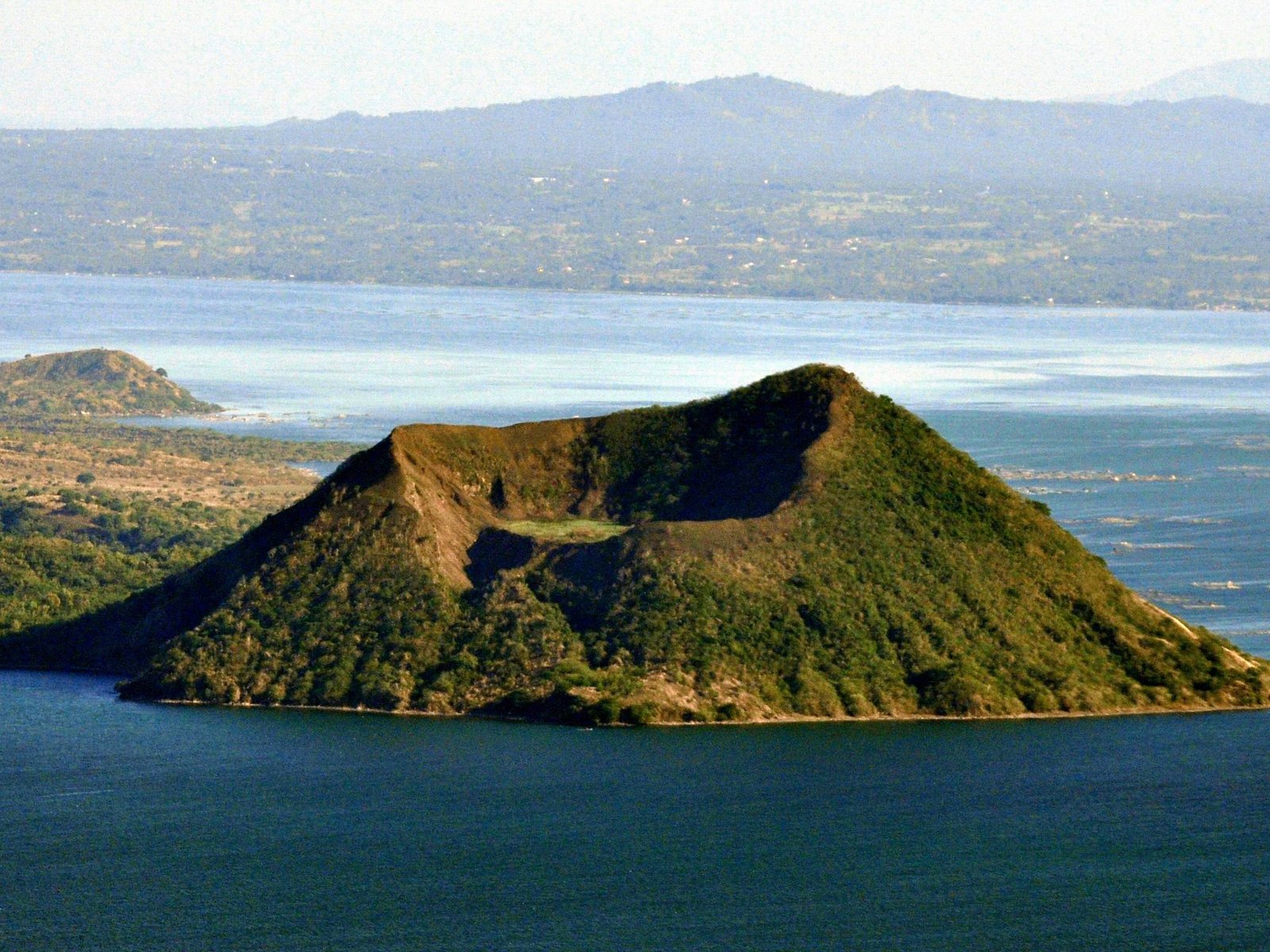
Standing at the rim of a Philippine volcano, you can’t help but feel small—and yet, strangely connected to something vast and eternal. The volcanoes challenge us to look beyond the everyday and confront the extraordinary. They push us to prepare, to adapt, and to find meaning in both the chaos and the calm. In a country where volcanoes outnumber Starbucks, the message is clear: life is unpredictable, but it’s also full of wonder. What would you choose—the comfort of routine, or the thrill of standing on the edge of the world?

Jan loves Wildlife and Animals and is one of the founders of Animals Around The Globe. He holds an MSc in Finance & Economics and is a passionate PADI Open Water Diver. His favorite animals are Mountain Gorillas, Tigers, and Great White Sharks. He lived in South Africa, Germany, the USA, Ireland, Italy, China, and Australia. Before AATG, Jan worked for Google, Axel Springer, BMW and others.




